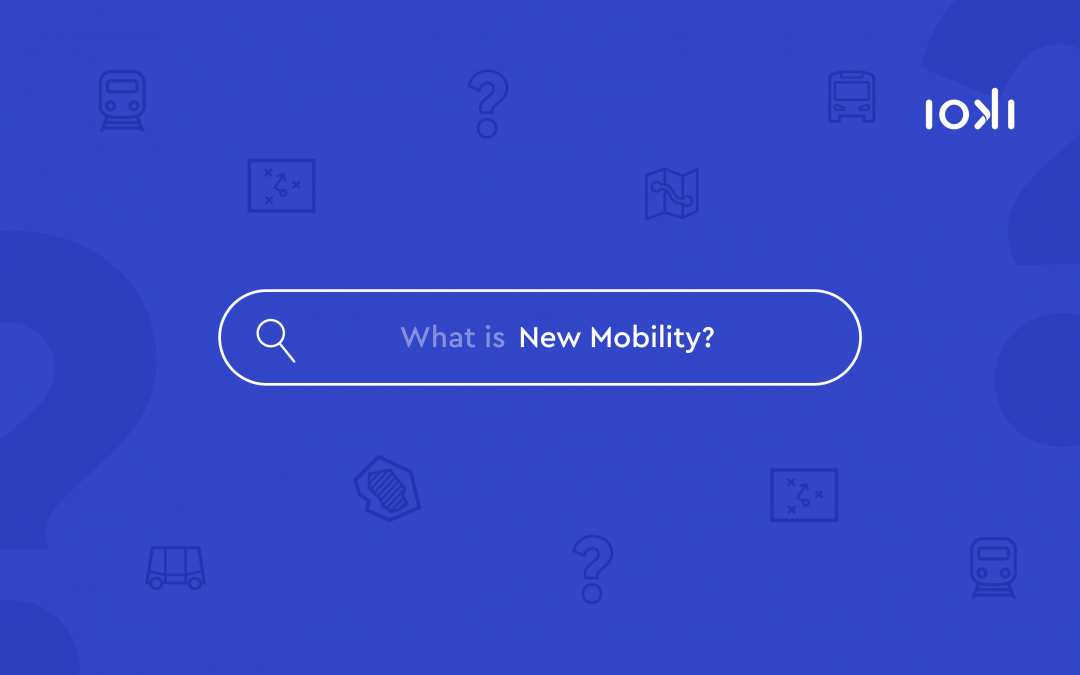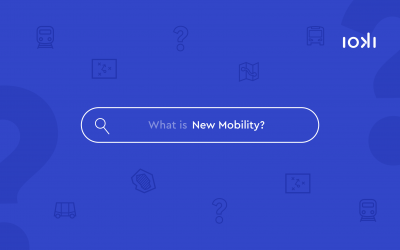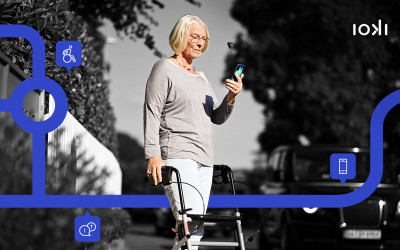For those not familiar with the subject, the direct link between modern mobility and design is not necessarily clearly recogniseable. Can you explain in a fewsentences what the direct connection between these two topics is and why it is so important?
Design mediates between human and technology, human and system, human and society, etc. and thus plays a key role in mediating future technology. The automotive industry has known this for a long time. Cars are not sold on a functional or rational level, but always only through intrinsic motives such as status, value, safety, lifestyle etc. At the same time, design makes complex systems understandable by placing users at the centre of development. In the sense of universal design, a product can only be understood by as many people as possible if the interfaces are designed accordingly. This includes all levels of design: the structuring and weighting of information, the form, symbols, feedback, sound, surface, atmosphere etc. Every aspect is a carrier of information and meaning.
What exactly is it that you find so exciting about modern mobility – especially from a design perspective?
I am actually only interested in the idea that future mobility is not determined by the thought of vehicles and infrastructure, but rather by the idea that future mobility is thought of as software, similar to the way digitalisation is thought. Then I as a user can individually determine how I want to move around. Independently, according to my own wishes. Accordingly, the future of mobility should be inter- or multimodal and be seen as a service. Owning your own car is mutually exclusive. The idea of owning changes to accessibility to a system. I am interested in developing such systems in a visionary way, designing ideas and designs for new vehicles, including bicycles, future infrastructure, interfaces or orientation systems.
The interface between mobility and digitalization is also an exciting topic. The digitalization of offers opens up completely new possibilities in the field of mobility: on-demand services, sharing possibilities or simply the possibility of making cashless payments at the PoS via app. Which of all these solutions do you think have particularly strong future potential?
Cashless payment and cross-platform, individualised solutions are certainly the key. At the same time, in terms of design, such systems have the task of being understood by everyone and, above all, of conveying trust. This is what the design does.
Last but not least: Which city do you have in mind when you think of the perfectly designed mobility solution? Is there a prime example in your eyes?
For me, these are always cities in which the own car has no more room and does not take up any space. There are already examples, such as Madrid, Oslo, Vienna or the city centre of Amsterdam, where there is actually no room for your own car. Copenhagen for example has more than 50% bicycle mobility. I also find the idea of spreading tuktuks throughout the city as a public and divisible mobility offer very interesting. Even if you only have pictures of Delhi with traffic jams in your head, these cities would not function without tuktuks. All in all, there are countless individual and mixed projects around the world that aim at a different kind of mobility. Wherever there is a clear objective, also politically, the most exciting changes take place. Especially with Corona. In addition to newly emerging cities in Holland, which are planned to be fundamentally car-free, there are also visionary future models such as the Smart City by BIG Architekten for Toyota, who have perhaps already understood that the future of the automotive industry is not to produce cars, but to sell mobility.



